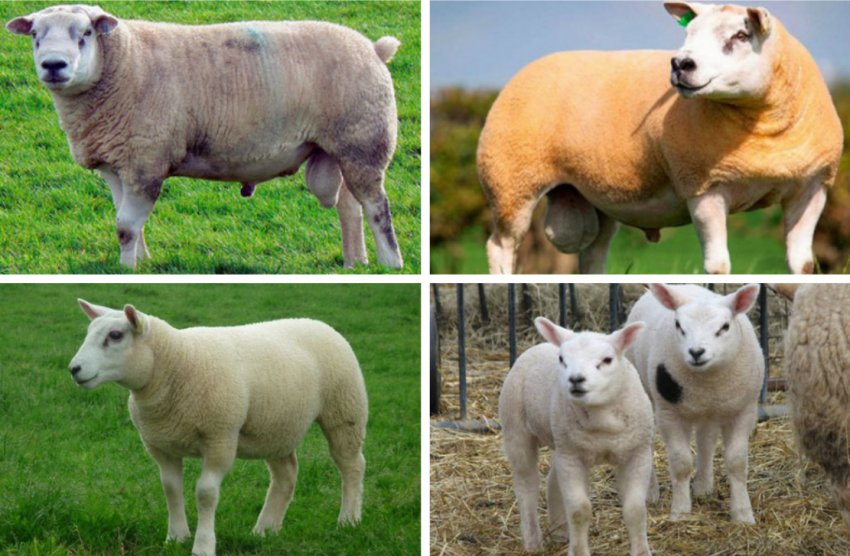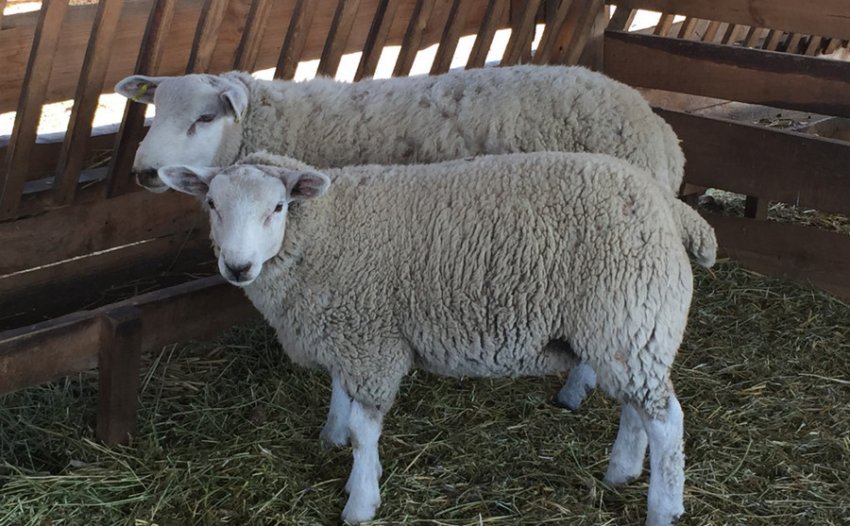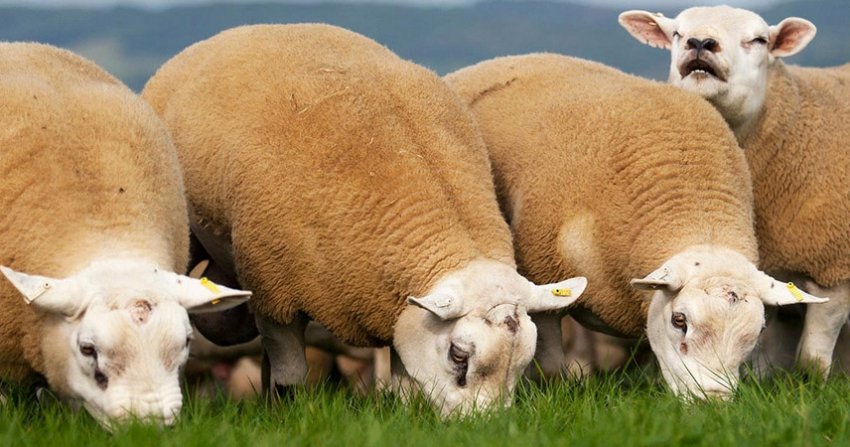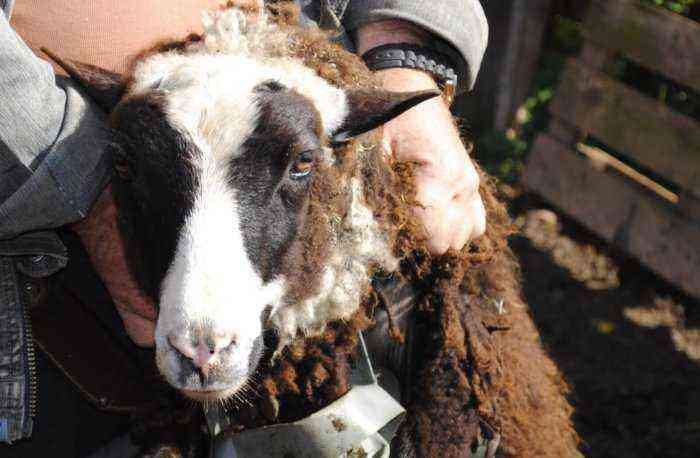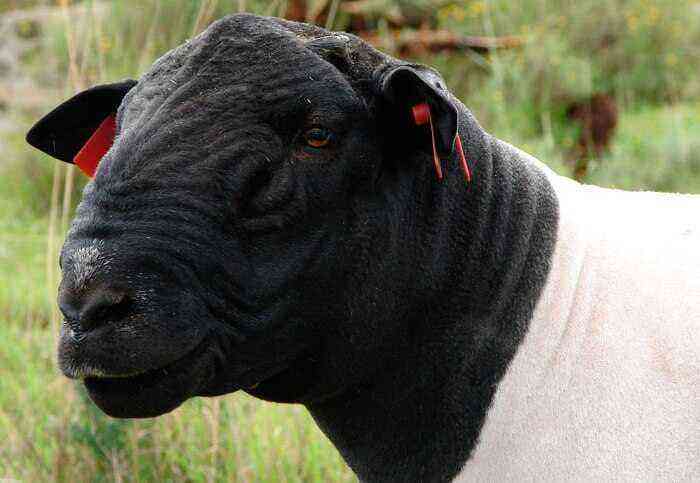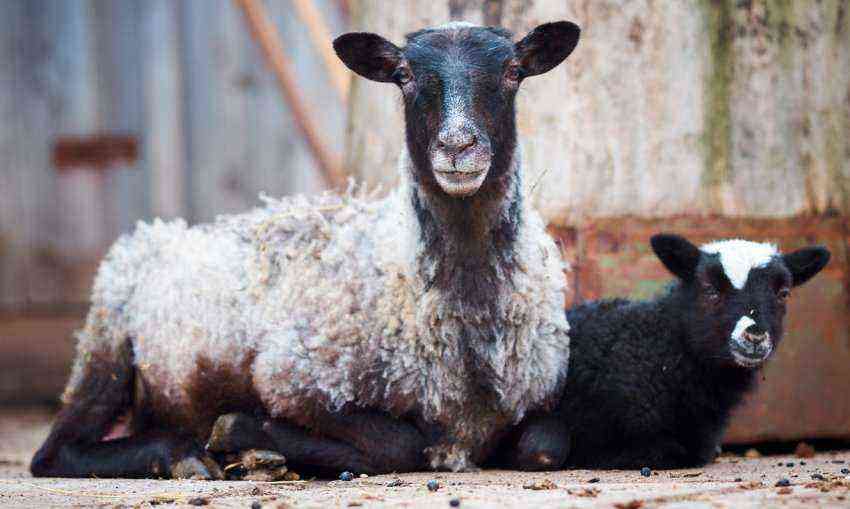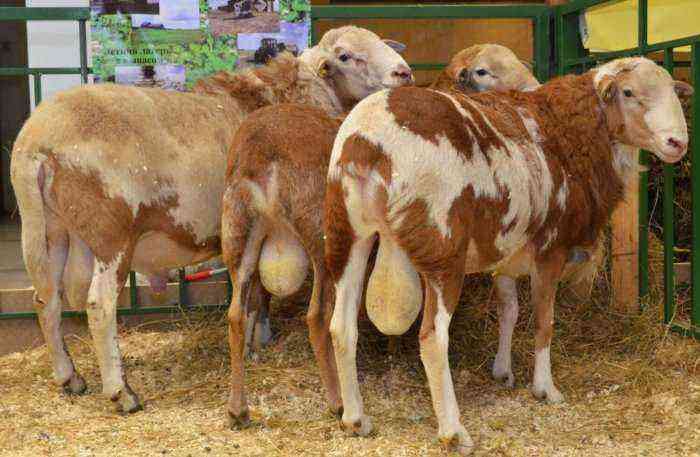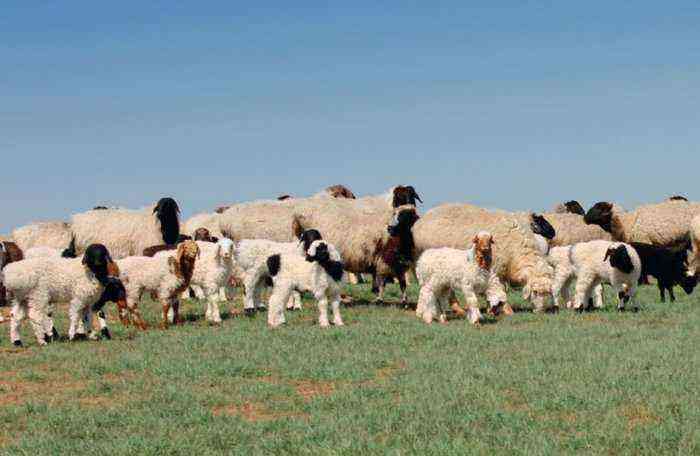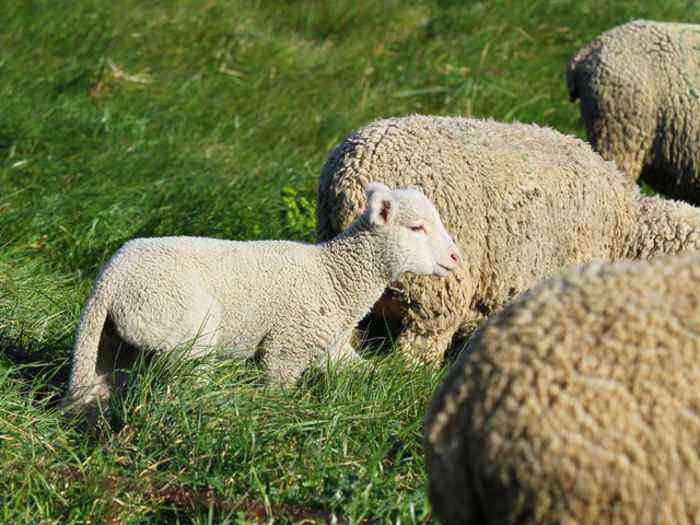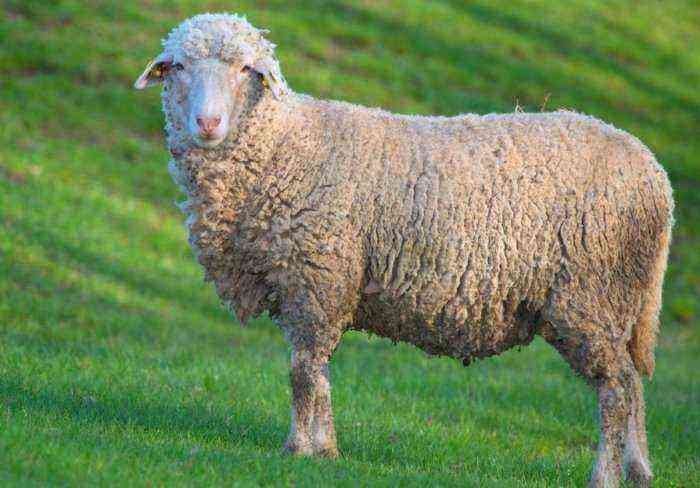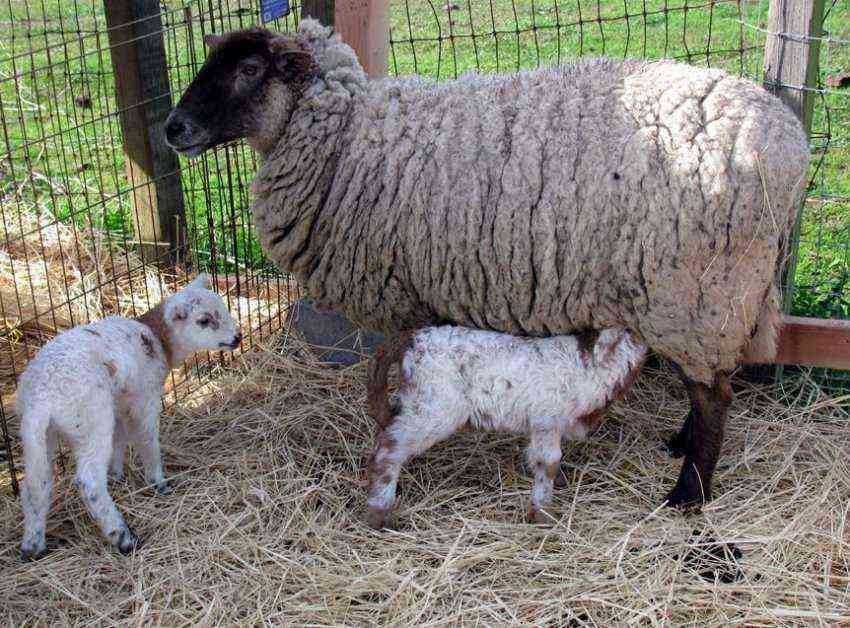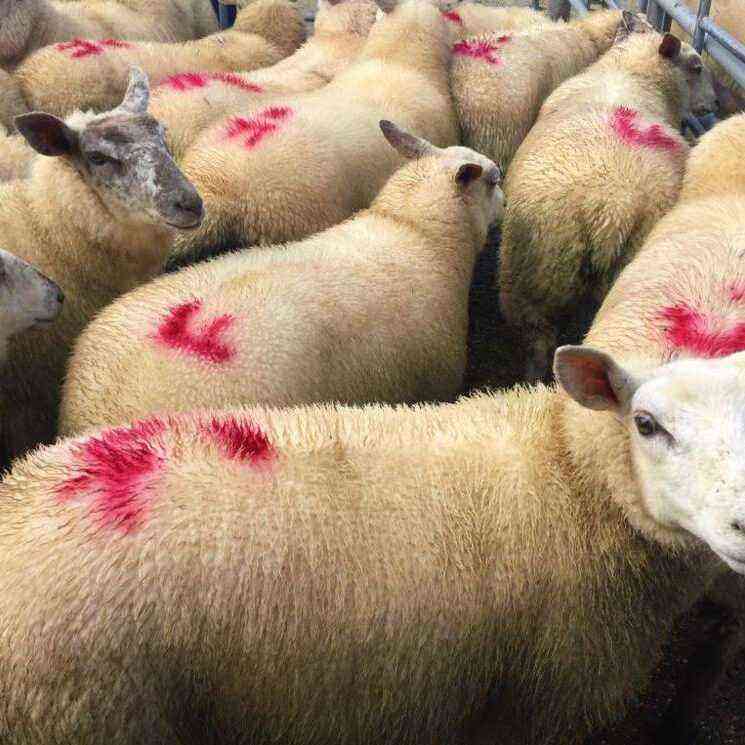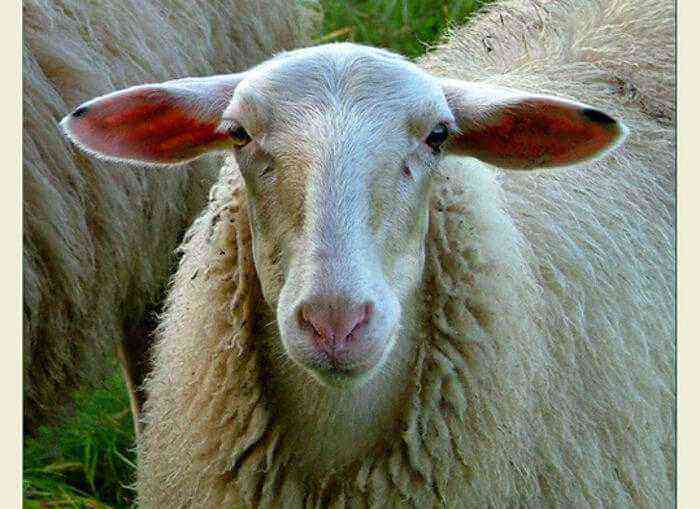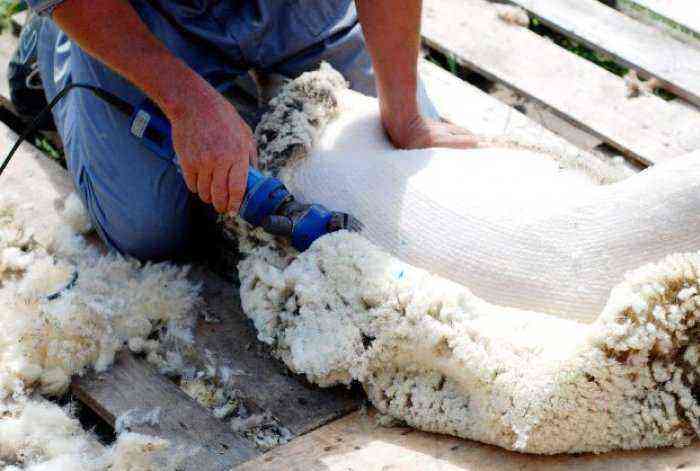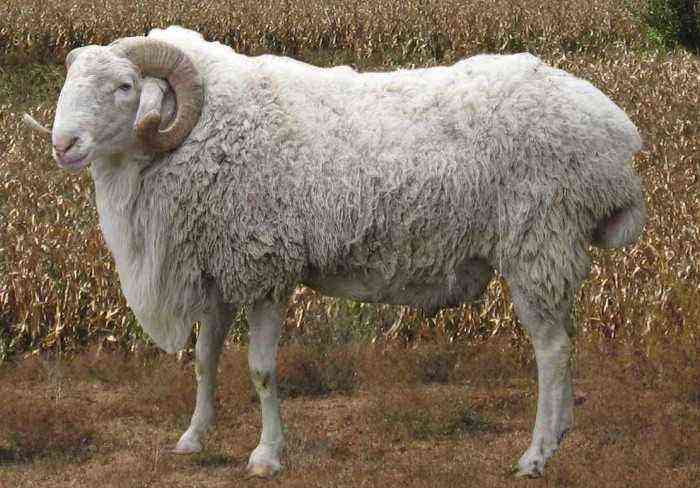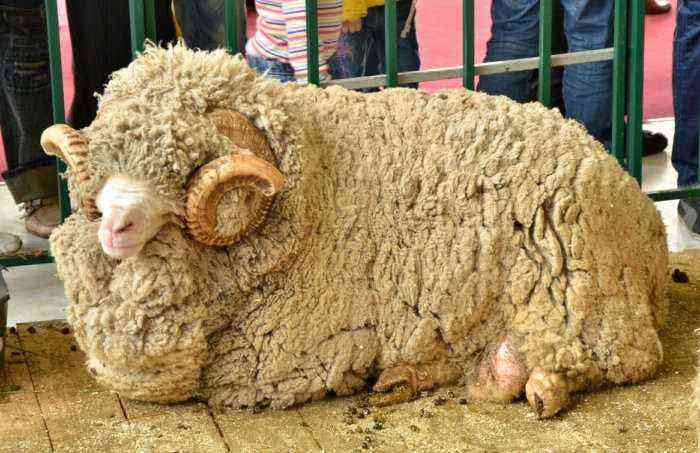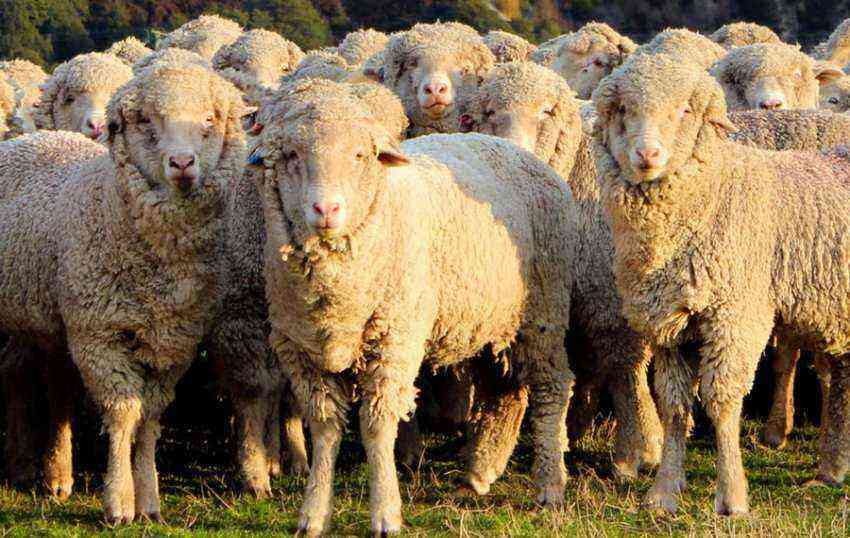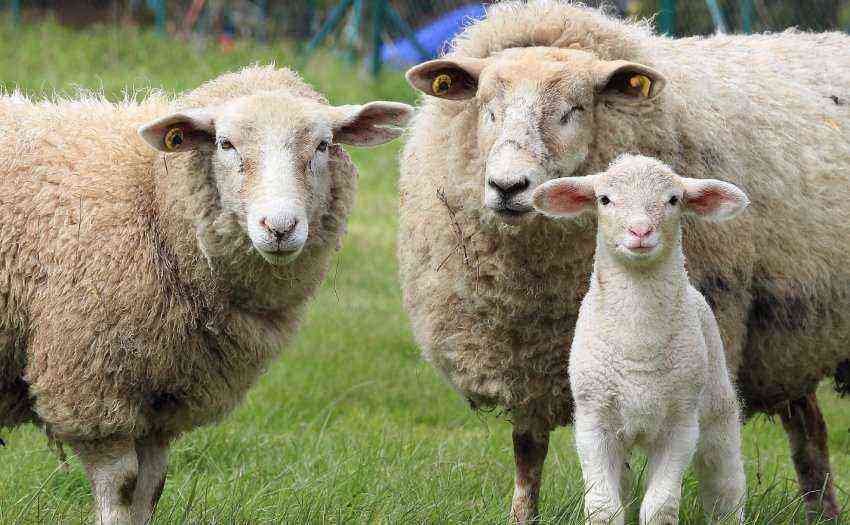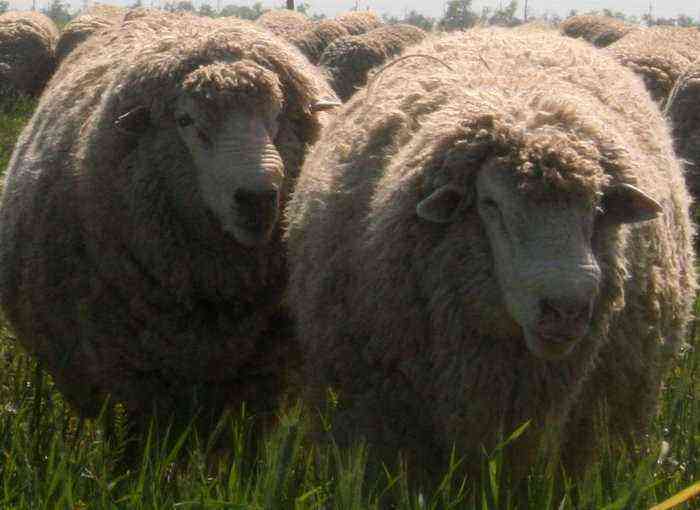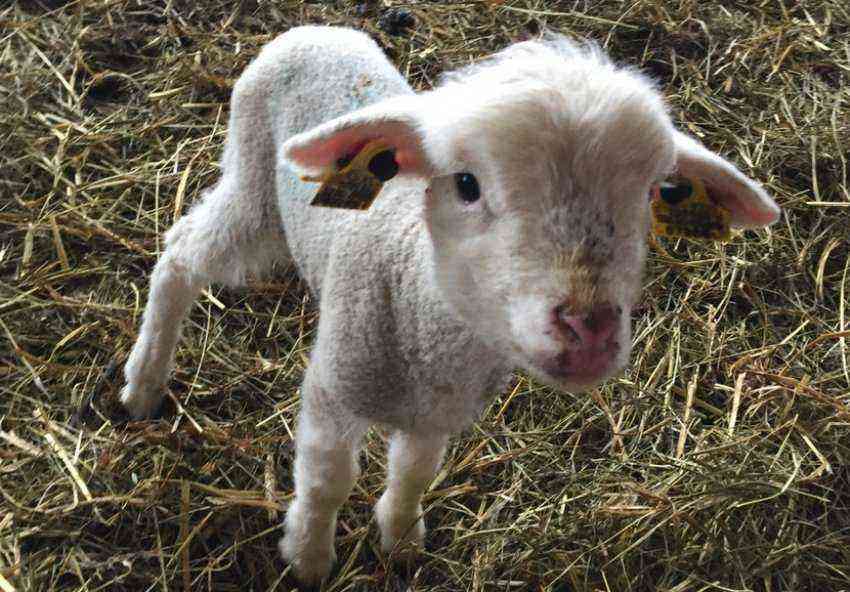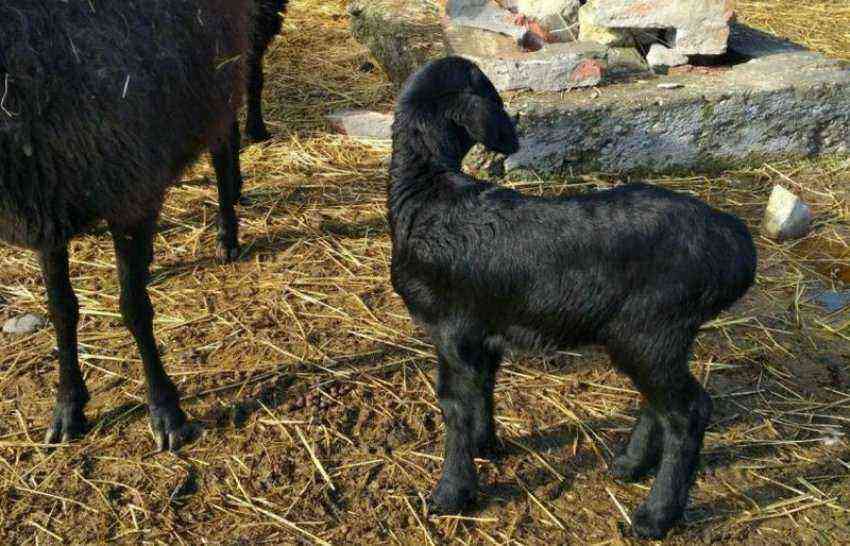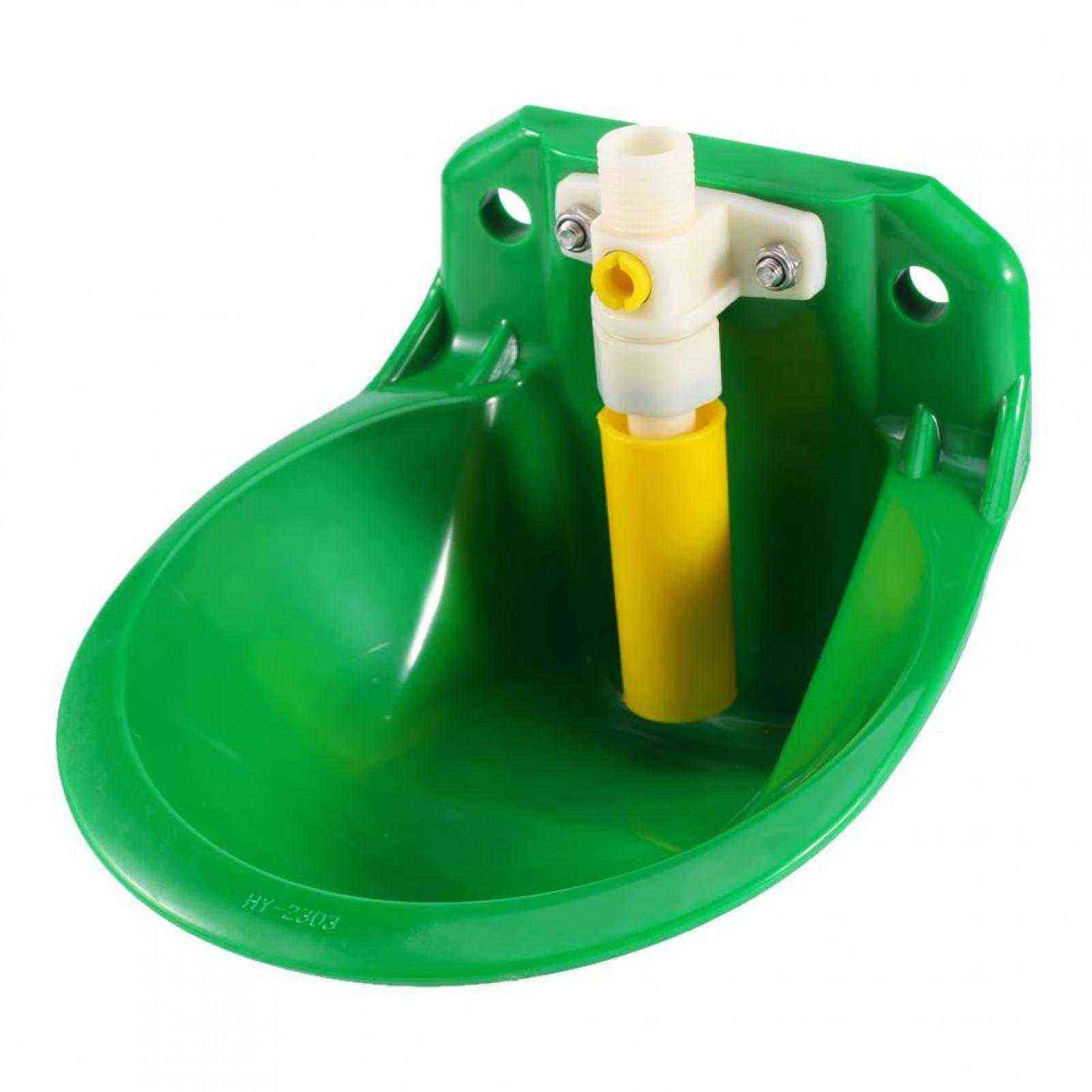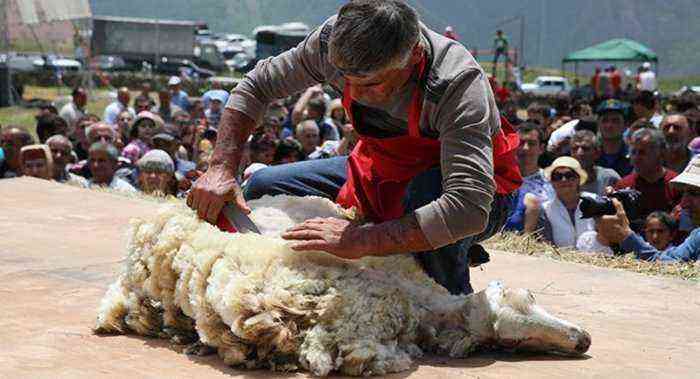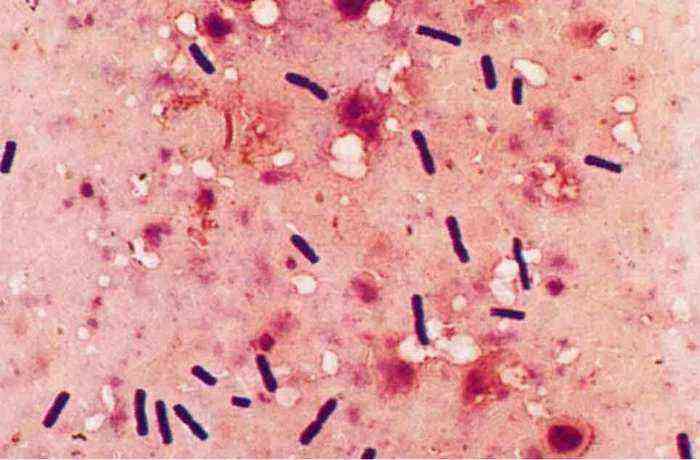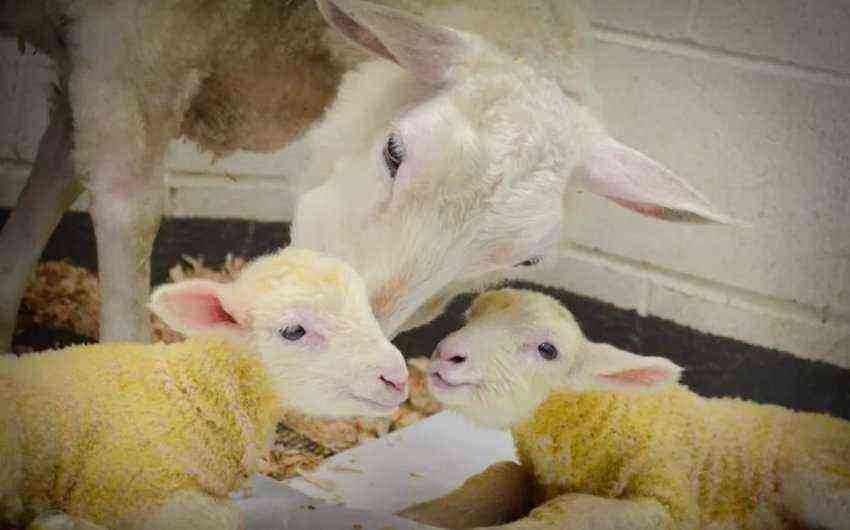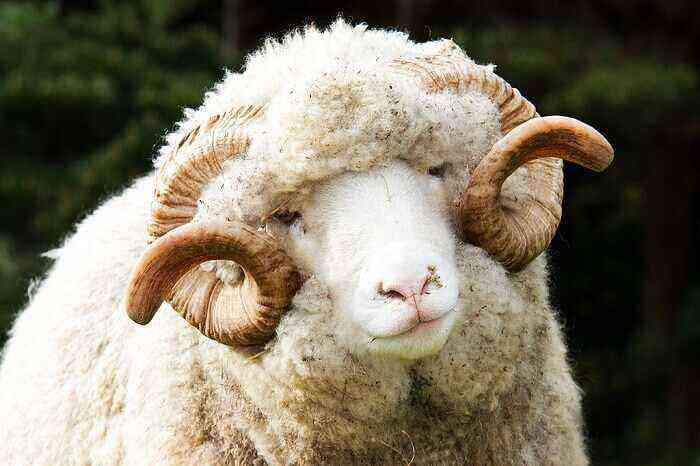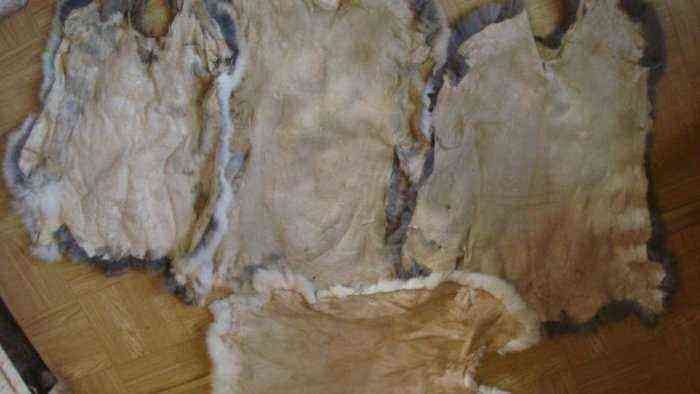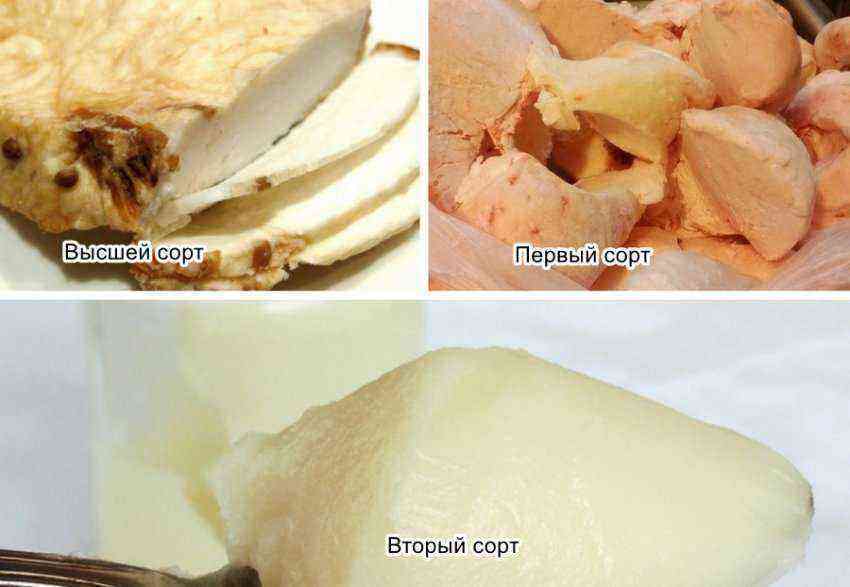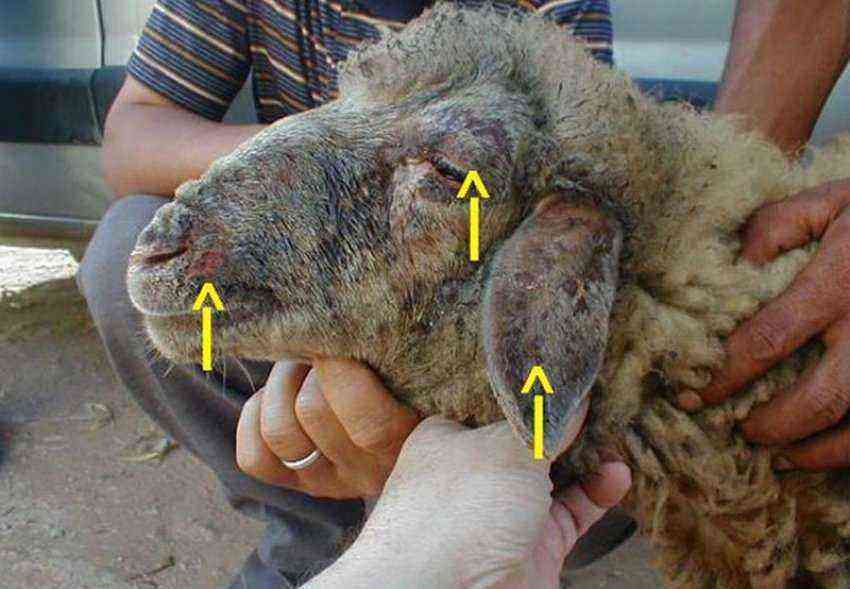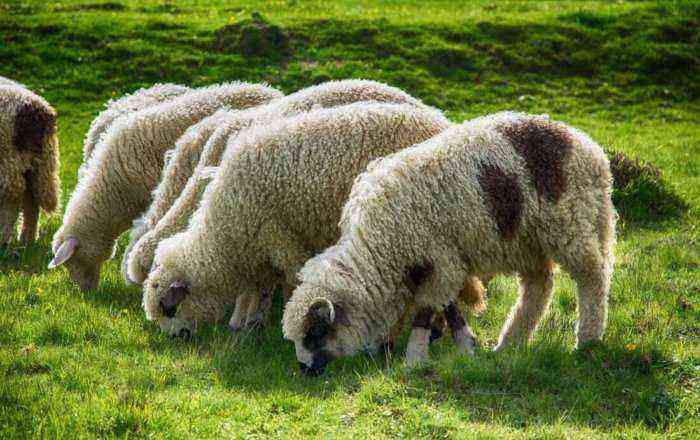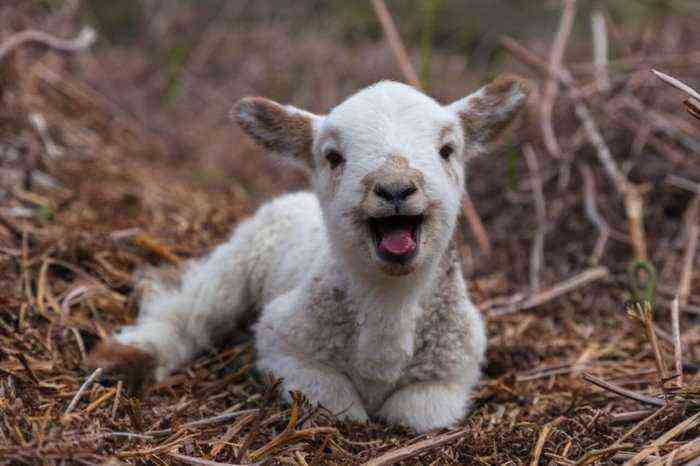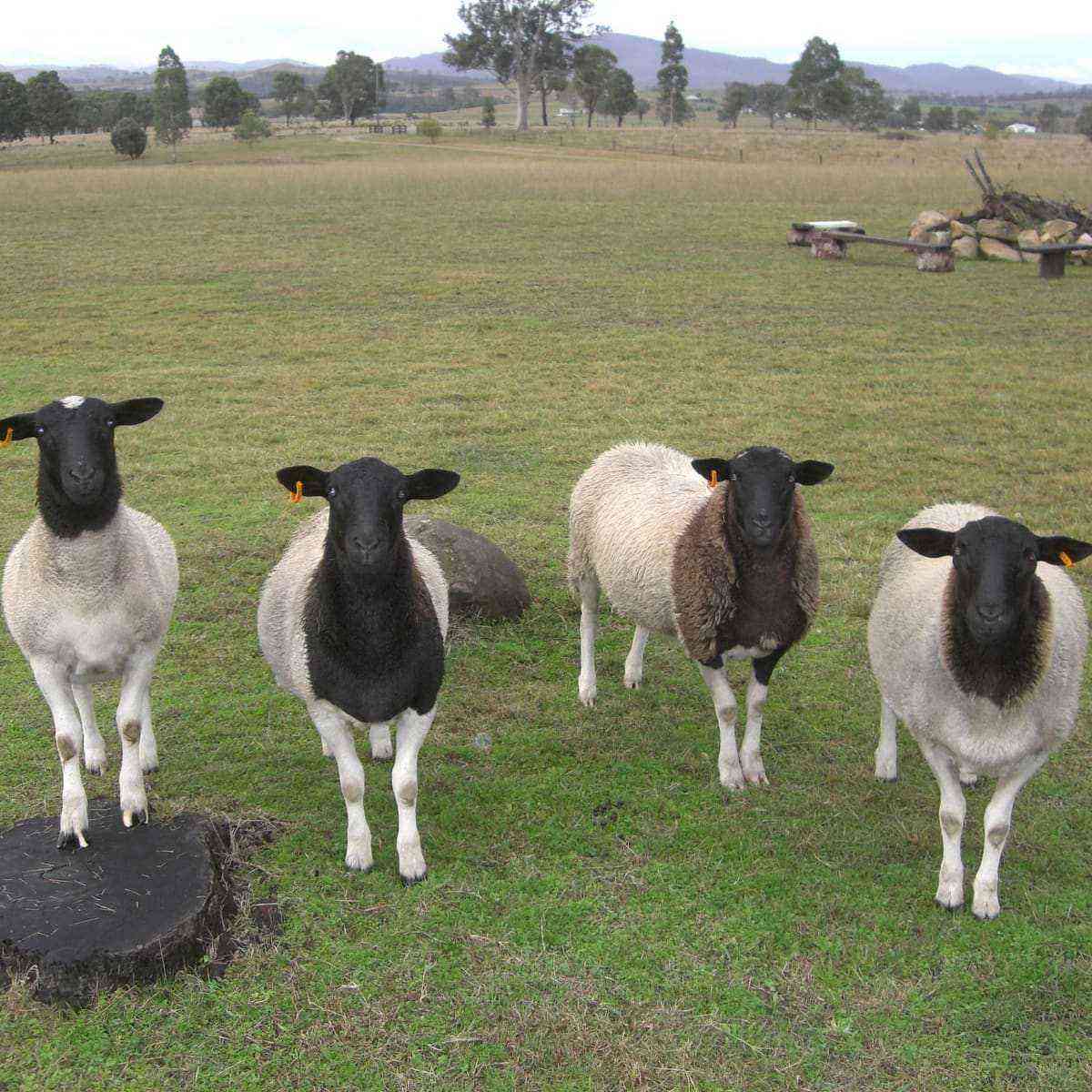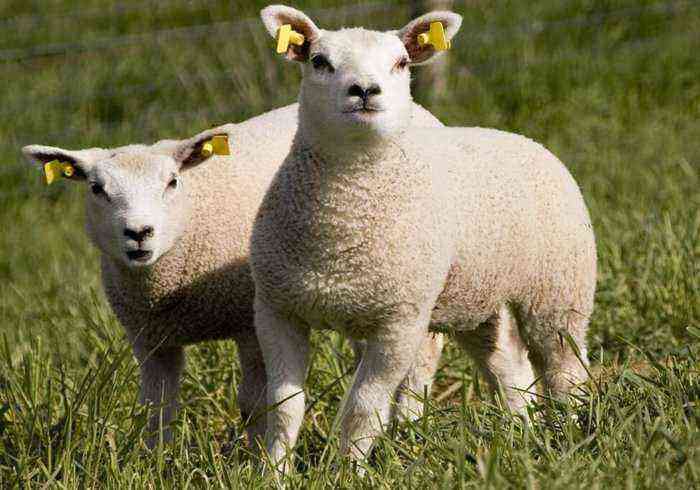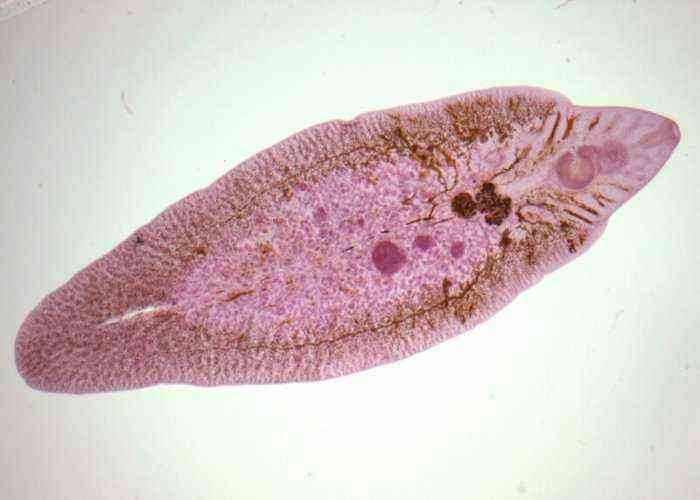Sheep breeding is not the last place in the livestock sector of agriculture. Promising breeds of these animals, such as texel, bring sheep breeding to a whole new level. Learn more about the wonderful meat-and-wool breed.
Origin, history of the breed
The history of the breed originates in ancient Rome, where, according to historical information, the ancestors of the modern texel were bred. In the XIX century in Europe there was a great demand for lamb, which served as an impetus for the development of sheep breeding. The modern history of the breed begins on the Dutch island of Texel, which today is famous for its annual catamaran regatta..
Did you know? The textile industry throughout its history has created many artificial fabrics that mimic the quality of natural materials, but there is still no analogue of sheep’s wool.
Sheep with the same name to the island were brought to the British Isles, where they thoroughly took up breeding work. To obtain productive individuals with lean meat, representatives of the breed were crossed with Leicester, Lincoln, Kent and Wensleydale sheep.
Characteristics and appearance
Texel with his behavior refutes the statement about the herd of sheep: these animals tolerate loneliness perfectly. The advantage in characterizing the breed is its peaceful nature.
There are three types of breed:
- english – differs in more elongated limbs and less body weight;
- dutch – the most productive meat variety;
- french – famous for the early maturation of lambs.
Parameters
The size of the animals is impressive:
- growth at the withers in a ram up to 87 cm, in a sheep up to 75 cm;
- male weight up to 160 kg, females up to 70 kg;
- the weight of a newborn lamb is 5–7 kg.
Suit and color
The description of the breed standard includes three main coat colors:
- white;
- colors of coffee with milk;
- white with a blue tint.
In this case, the head and limbs are painted white, there may be dark or black spots on the nose, around the eyes, on the ears and knees.
Wool of lambs
The coat is dense, soft with strong curls. Wool is in demand due to its color, softness and pliability in processing.
Important! In order for the wool to have a representative appearance, not to be burned out or damaged during walking, a haircut is carried out at the beginning of summer.
Features of the structure of the body
The peculiarity of the breed is the absence of horns in males; although they sometimes occur, they are in their infancy. The backbone of animals is powerful, with a rectangular body type, on short, strong limbs. Individuals have developed muscle mass. The flat back tapers to the lumbar region, the tail is thin and short.
Video: Sheep, Texel breed
On the muzzle of an elongated shape are short, widely spaced ears. The frontal part is wide without signs of hair. The eyes are often outlined with dark edging, the skin of the nose is black.
Performance indicators
Texel has a good meat return – 60% of live weight. The product quality is high: the meat is tender, without fat, juicy and does not have a specific smell of lamb. In the market, meat is also valued for its speed of preparation, and rack of lamb is especially popular. By 4-5 years the animal is ready for slaughter, at this age, it already has sufficient muscle mass.
The productivity of collecting wool is not far behind in terms of quality or quantity. Hair of medium length, its thickness of 30–34 microns refers to the quality of the fleece to the middle class. Up to 7 kg of raw materials are obtained from one male, females give 5-6 kg.
Advantages and disadvantages
The main advantage of the breed is low-calorie meat that does not have sharp flavors.
- Other pluses:
- dual direction;
- early puberty;
- high productivity;
- unpretentious content;
- lack of aggression in males;
- good adaptation to the new climate;
- good health;
- preservation of breeding traits during crossing.
- Disadvantages:
- the process of giving birth to lambs should be carried out under the supervision of a veterinarian (difficulties are possible);
- a good daily gain in lambs lasts up to 3 months, then drops to 300 g per day;
- a difficult birth process led to the appearance of offspring once a year.
Rules for maintenance and care
For a herd in the cold season, you need a room with a temperature of at least + 10 ° C. The sheepfold should be light, have ventilation, the room should be dry. A territory of 2 m² is allocated for each individual. It is necessary to take into account the material of the flooring: animals will be cold on concrete, and on soft floors there is a risk of developing leg diseases.
The best option would be a tree. It is desirable to make the door of two wings so that the sheep do not push and 2 individuals can pass at the same time. For drinking bowls, separate containers are chosen for each individual, since they drink a lot – 7-10 liters per day. Feeders are placed elongated, for several goals.
Did you know? Sheep have excellent visual memory: they can remember the owner’s face after many years.
In summer, the herd needs to be released to pasture, while it is better to make a solid fence. Powerful and tall animals will jump over the low fence, and they will demolish the flimsy one.
Texels feed in winter consists of 3 components:
- grain (oats, beans, barley) – dry and in the form of cereals;
- vegetables and fruits – chopped;
- hay.
In summer, the main food of the herd is green fodder, from which sheep receive vitamins and minerals, the supply of which is enough for the winter.
Reproduction
Females are considered sexually mature when they are 7–9 months old. The mating season for sheep falls in the autumn. The female bears without problems, but, given the large-fruited breed, the birth should be observed by a veterinarian. Lambs weighing 5–7 kg have a hard time passing through the birth canal.
Newborn individuals quickly become mobile and independent. The very next day they can be released for a walk. Up to 3 months of age, lambs show a good daily gain of up to 600 g, but after this age, the gain decreases to 300 g per day.
Important! If the female gave birth to 3 lambs, one of them must be given to another queen for feeding, the mother will not have enough milk.
Diseases, their prevention
Texels are distinguished by excellent health and physical development, but they are prone to parasites. The causes of infection may be insects or poor sanitary conditions.
The signs are:
- blood in the urine, fever (piroplasmosis);
- loss of appetite and weight, diarrhea (echinococcosis);
- increased appetite against the background of weight loss, hair loss, anxiety (helminths).
At the first signs, you need to call a veterinarian, who, after conducting tests and clarifying the diagnosis, will prescribe adequate treatment. Prevention of parasites is deworming of lambs, observance of hygiene in the sheepfold.
White muscle disease, which young animals are susceptible to, can lead to death. Lambs suffer from convulsions and breathing problems, they are not supported by limbs. The bad news is that it can’t be cured. You can prevent the disease by providing good care and nutrition to the pregnant female.
Mastitis is a disease of a lactating female. The reason is cold sex or early weaning of offspring. The treatment that the doctor will prescribe will most likely be carried out with the help of antibiotics. Warm compresses and improved housing also help.
Breeding prospects
Low-calorie meat, lamb, is valued in many countries, in some also for religious reasons, so sheep breeding can be considered a very profitable occupation in general. If we move on to particulars, then texel is one of the most promising rocks in this direction. The world community already knows and appreciates the quality of its meat and wool products..
Raising sheep does not require a lot of money: they are unpretentious in care, they do not need expensive special feeds. The breed is distinguished by excellent health and fairly rapid puberty. That is, the first maintenance costs will quickly pay off and bring profit.
Approximate price and where to buy
The breed in Russia is not common, but you can find breeding animals in private farms. Before buying, make sure the seller has a good reputation. The beginner needs to know that the signs of the breed appear at an early age. Given the rarity of animals in our area, the price cannot be low.
On various agroportals on the Internet, you can find ads for sale. Depending on the age and sex of the individual, the price ranges from 5 thousand to 12 thousand rubles.
So, Texel is a noteworthy breed for both experienced breeders and beginner breeders. Its advantages outweigh the disadvantages, and productivity promises good profits.
